El Árbol del Tule: Oaxaca's Living Mythical Giant
Unveiling the Myth of El Rey Condoy and the 2,000-Year-Old Cypress Tree of Santa María del Tule
Hidden within the sleepy town of Santa María del Tule, a stone's throw away from Oaxaca's bustling capital, lies a living testament of ancient folklore—the legendary El Árbol del Tule, a towering marvel believed to have been planted by the mythical giant El Rey Condoy over two millennia ago. And like most towns in Oaxaca, Santa María del Tule is easily accessible via public transportation should you wish to visit this majestic Montezuma bald cypress tree lovingly known as the Tree of Life on your next visit to Oaxaca. A magical experience that draws visitors from far and wide to this extraordinary natural wonder in the heart of Oaxaca.
Santa María del Tule: Exploring the Municipality and How to Get Here
To truly immerse yourself in the local experience, I recommend embarking on a journey through the charming streets of Santa María del Tule. For convenient transportation, hop on the distinctive little purple bus that awaits passengers in front of the VW dealership on the northeast side of the city or at Parque del Amor on the southwest side of the city.
If you prefer a more leisurely pace, consider renting a bike in Oaxaca Centro from places as Mundo Ceiba and enjoy a scenic ride all the way to El Tule, savoring the beautiful surroundings along the way.
As you venture towards El Tule, don't miss the opportunity to savor a traditional culinary delight known as Caldo de Piedra—a hearty soup made with fresh ingredients, prepared right before your eyes. This local delicacy will rejuvenate your senses and energize you for the remainder of your journey.
While Santa María del Tule may seem modest in terms of attractions beyond the main highlights, such as the Tree of Tule and the bustling Mercado of Santa María with its diverse array of food vendors, it is worth noting that the town hosts a handful of patron saint festivals throughout the year. Additionally, the dedicated festival honoring the magnificent tree itself takes place on the second Monday of October, drawing visitors from far and wide to celebrate its enduring grandeur.
And given its proximity to the capital, El Tule often serves as the first stop on guided tours as those offered by Las Bugambilias Tours, acting as a gateway to the captivating towns of Tlacolula, Matatlán, and Mitla, which lie further east. So, while the allure of Santa María del Tule predominantly revolves around its remarkable tree and the vibrant market, the town's significance as a cultural hub and a starting point for further exploration should not be overlooked.
El Árbol del Tule: The Ancient Giant of Santa María
Standing as a testament to the passage of time, El Árbol del Tule, a Montezuma bald cypress tree (Taxodium Mucronatum), holds the record as one of Mexico's most remarkable living treasures. According to the Guinness World Records, this magnificent Ahuehuete tree—Nahuatl for 'old man of the water'—is estimated to be over two thousand years old. In a momentous celebration in October 2015, the people of Santa María marked El Tule's 2,000th birthday, solidifying its status as the oldest and biggest living tree in Mexico, as well as the widest tree in the world, boasting an astonishing circumference.
Reaching skyward, El Árbol del Tule towers at approximately 137 feet in height, with a commanding girth of around 119 feet and a diameter of 38 feet. Such grandeur is beyond the grasp of a single embrace, as it would take at least 30 average adults with locked hands to encircle the massive trunk.
While speculation has swirled about the possibility of El Tule being a fusion of two or three trees, DNA studies have confirmed that it is, indeed, one individual cypress tree. In recognition of its cultural and historical significance, UNESCO honored El Tule with the esteemed title of Cultural Heritage of Humanity in 2003. However, what truly sets this arboreal marvel apart are the ethereal shapes that grace its trunk and branches, resembling majestic creatures such as lions, dolphins, and antelopes. It is these natural forms that have given rise to the tree's revered nickname—The Tree of Life—captivating hearts and minds across Oaxaca, Mexico and the world over.
The Legend of El Rey Condoy: The Giant Who Planted the Tule Tree
More than two thousand years ago, in the high sierra region of Oaxaca, nestled among the foothills of Mt. Zempoaltépetl, a mesmerizing event unfolded. A serpent emerged from the depths of the jungle, slithering with purpose towards the ancient temple of the Mixe peoples. With a resounding screech that echoed through the air, the serpent encircled the temple before laying two eggs and vanishing into the wilderness. Drawn by curiosity, the villagers gathered around the eggs, and as fate would have it, one hatched into a snake, while the other brought forth a human child.
Fearful of the child's enigmatic origins, the villagers viewed him with suspicion, believing him to be a product of dark forces. They dispersed, leaving the crying baby alone. But an old woman, returning from her wild corn harvest, took pity on the child and carried him to her modest cottage. The boy defied all expectations, growing at an astonishing rate and attaining the stature of a young man within a year. Convinced of his royal lineage, the old woman named him Rey Condoy, which means King Condoy.
Despite the old woman's efforts to dispel any fears about Rey Condoy's nature, the villagers remained wary of his accelerated aging, immense strength, and uncanny ability to command nature itself. Frequently spotted deep within the forest, engaged in conversation with a snake, Rey Condoy failed to gain their trust.
When the old woman fell ill and passed away, Rey Condoy embarked on a journey, accompanied by his sister—the serpent. Harnessing his supernatural strength, he fashioned a walking cane from a 130-pound branch of an Ahuehuete tree to support his rapid aging. In what is now known as Mitla, Rey Condoy began constructing a fortress but was startled by the crowing of a rooster, abandoning the unfinished structure—a legend echoing that of Cuilápam.
Continuing their westward journey, Rey Condoy and the serpent arrived in what we now call Santa María del Tule. Exhausted from the toll of accelerated aging, Rey Condoy sought solace in a marshland. There, he planted his cane, bearing witness as an Ahuehuete tree sprouted and flourished, eventually becoming the magnificent Tule tree that stands today.
Their travels came to a sudden halt upon receiving news of their village under attack. Rushing back, Rey Condoy and the serpent single-handedly repelled the invading tribes, employing his extraordinary gift of weather manipulation. The region of Oaxaca, protected by the spirit of Condoy, has remained unconquerable to this day. Even Hernán Cortés, attempting to subdue the area centuries later, met with failure, as some believe that the spirit of Condoy continues to safeguard Mt. Zempoaltépetl and its surroundings.
It's The End of The World as We Know It
An alternate version of the legend recounts Rey Condoy personally thwarting multiple failed campaigns led by Hernán Cortés in this region of Oaxaca. Alternatively, according to ancient Zapotec astronomy, the tree is said to have been planted 1,400 years ago by Pechocha, the guardian (priest) of Ehécatl, the God of Wind.
According to a different account, Rey Condoy passed away soon after returning to his village. However, some believe him to be immortal, residing in a hidden cave amidst the vast vegetation of Mt. Zempoaltépetl. Before his disappearance or demise, depending on the version, Rey Condoy assured his people that as long as the tree grew where he once rested, it would protect them in his absence.
However, El Rey Condoy issued a solemn warning: should the tree meet its demise or be felled, the world would be plagued by catastrophic natural disasters, ushering in the end of this realm as we know it. Unfortunately, since 1990, the tree has been slowly succumbing to its mortality. Legend has it that in response, the serpent, ever faithful, carved a permanent dwelling a few yards away from El Tule, just behind the site where the Santa María de la Asunción church now stands. Transformed into an Ahuehuete tree herself, she remains a vigilant guardian, watching over El Tule until the final days of existence.
Tree of Tule: The Oldest Tree in Mexico
Throughout the centuries, El Árbol del Tule has stood as an unwavering witness to the ebb and flow of civilizations, the passage of time, and the tapestry of human existence. It bears witness to numerous events, preserving the echoes of ancient myths and legends that have shaped the very essence of Oaxaca's land.
With its rich history and mystical allure, this majestic tree serves as a living testament to the enduring power of legends and the awe-inspiring beauty of nature. As you gaze upon its towering form and immerse yourself in its ancient wisdom, may you be captivated by the profound connections that intertwine myth, nature, and the human spirit.



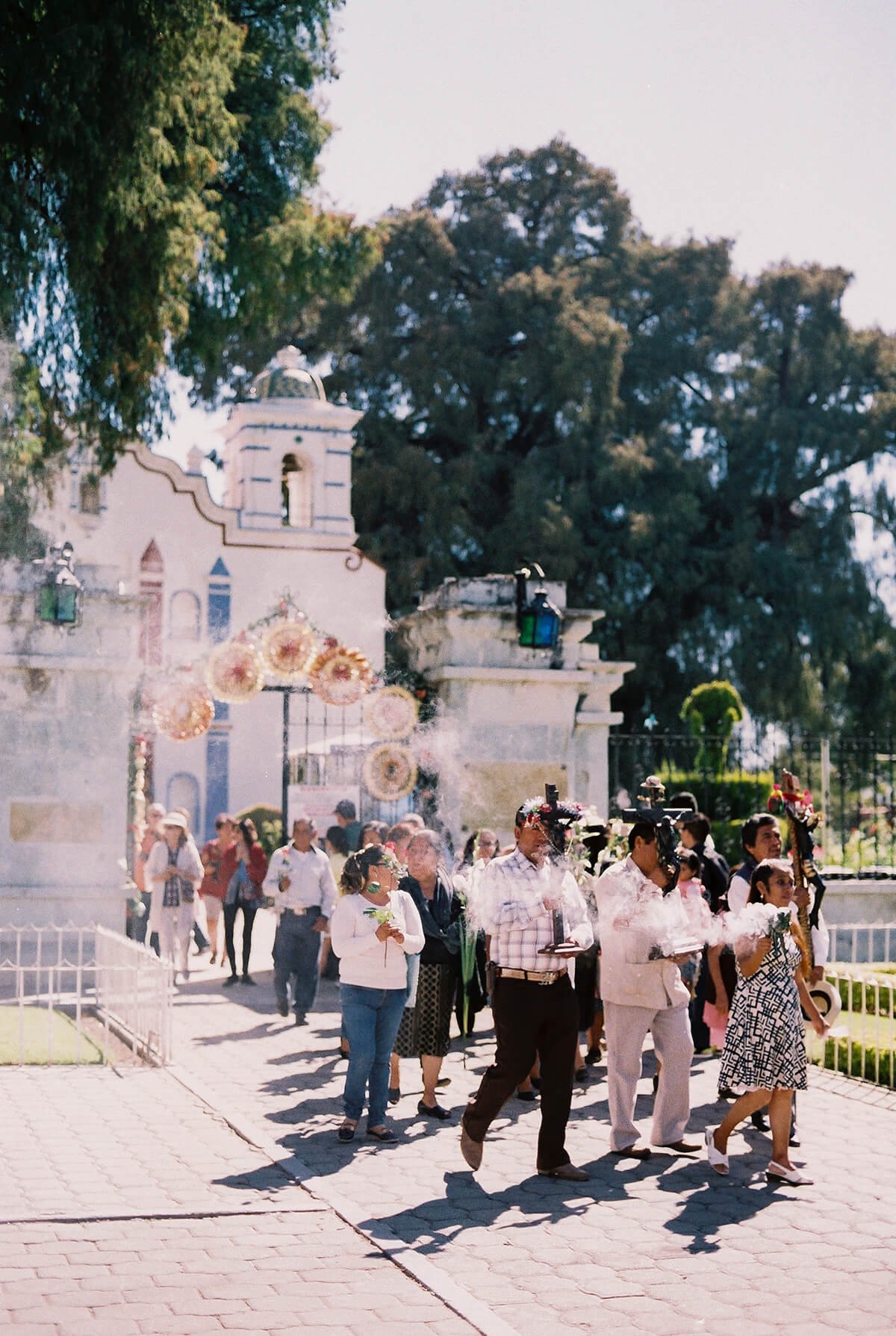

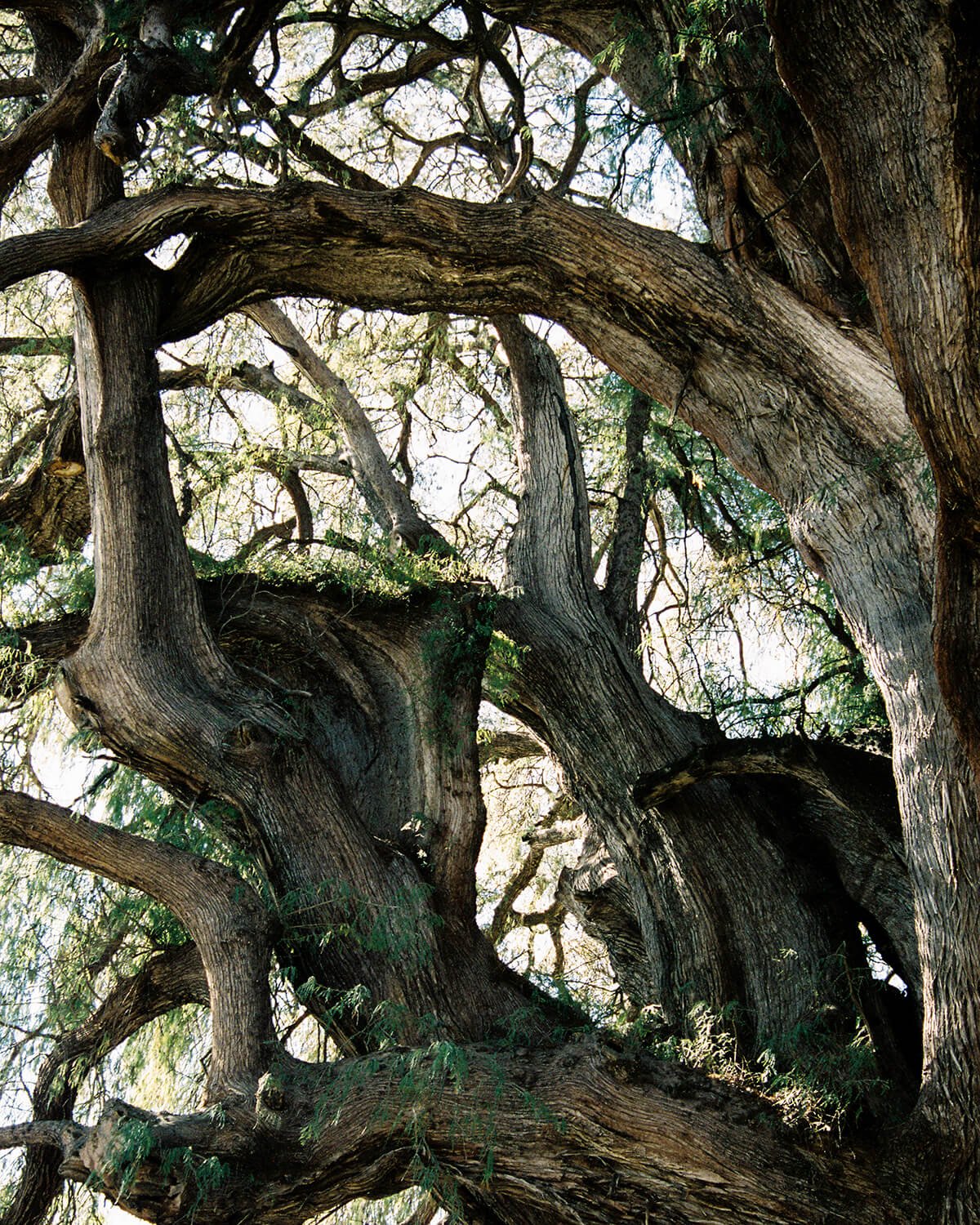
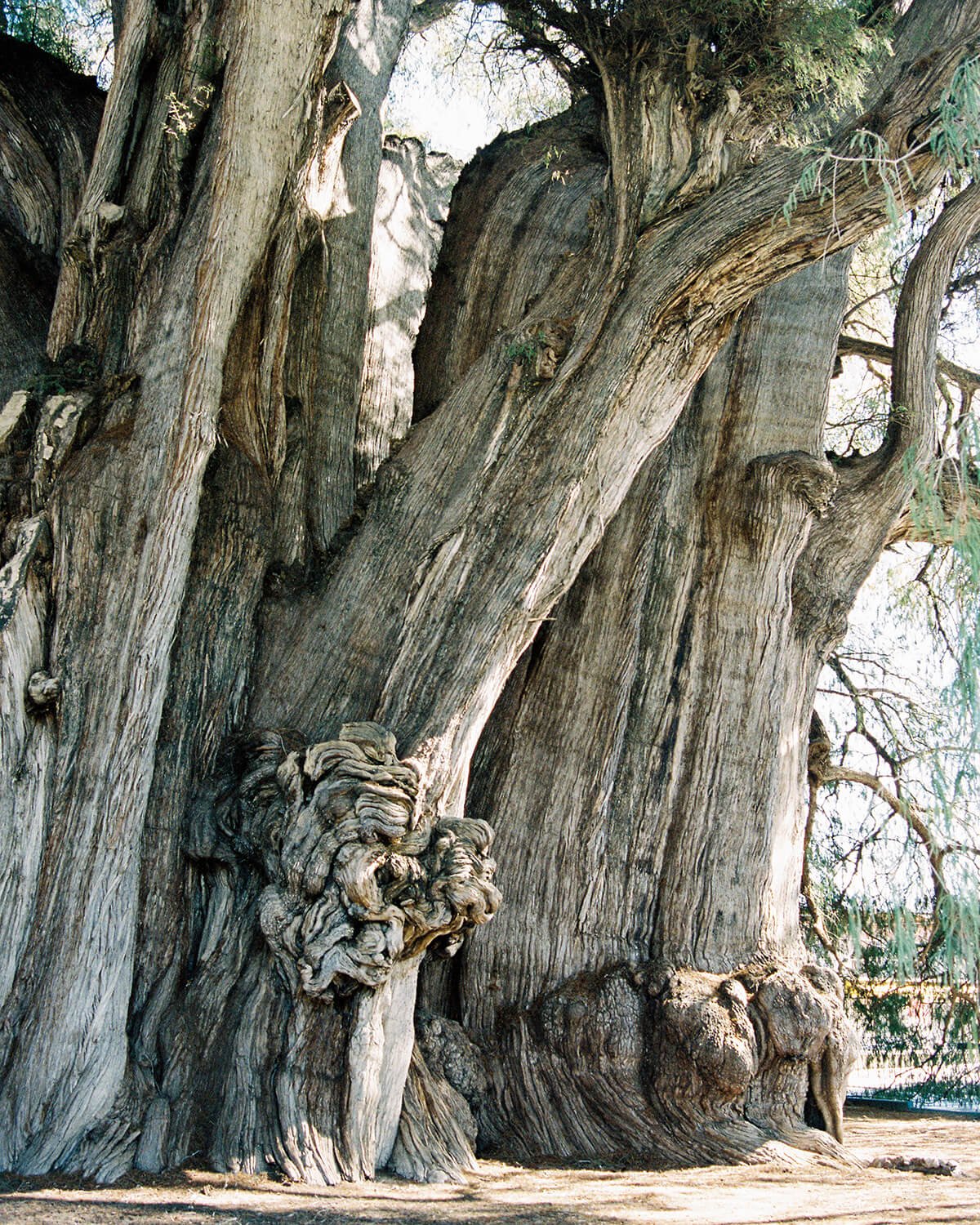
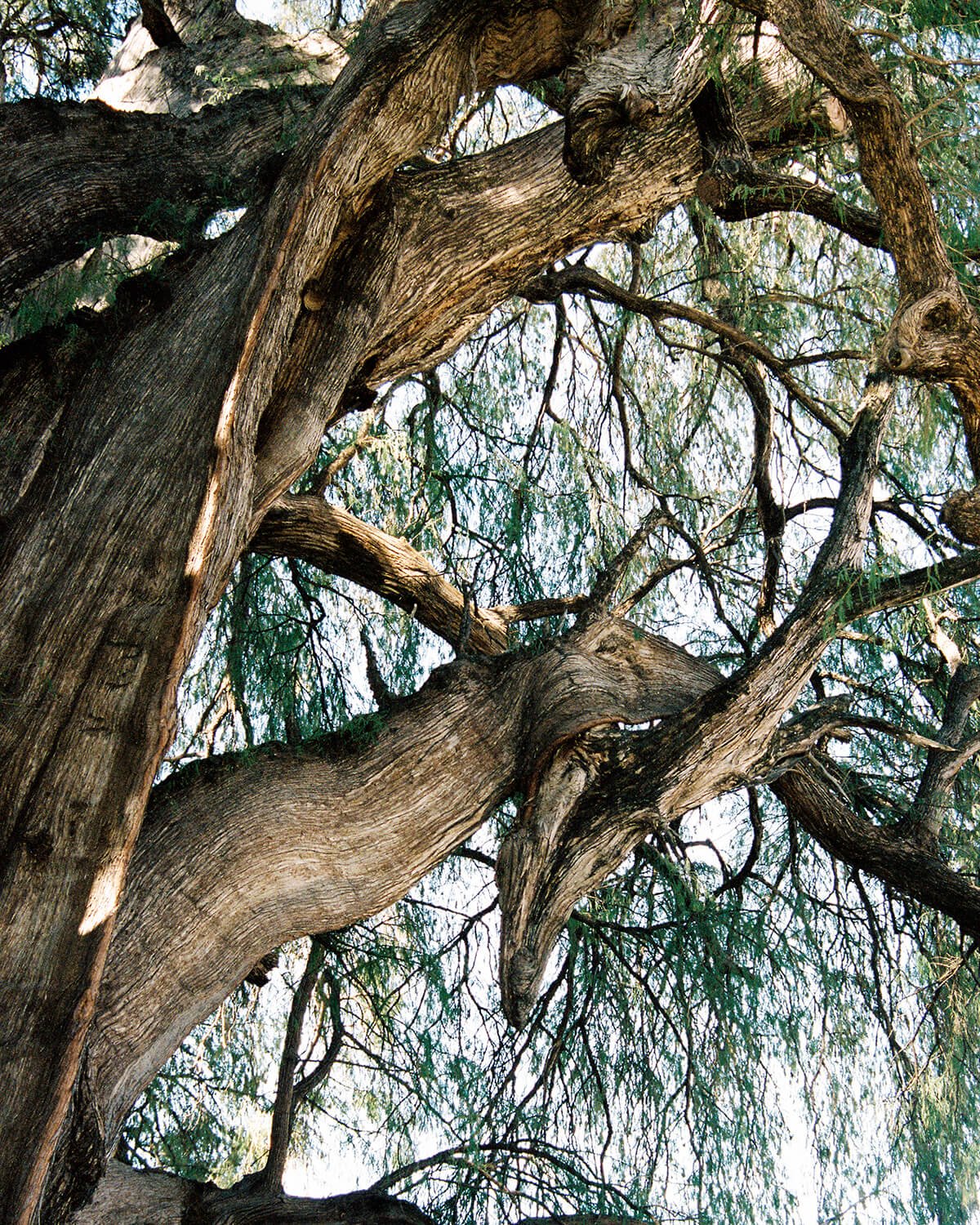
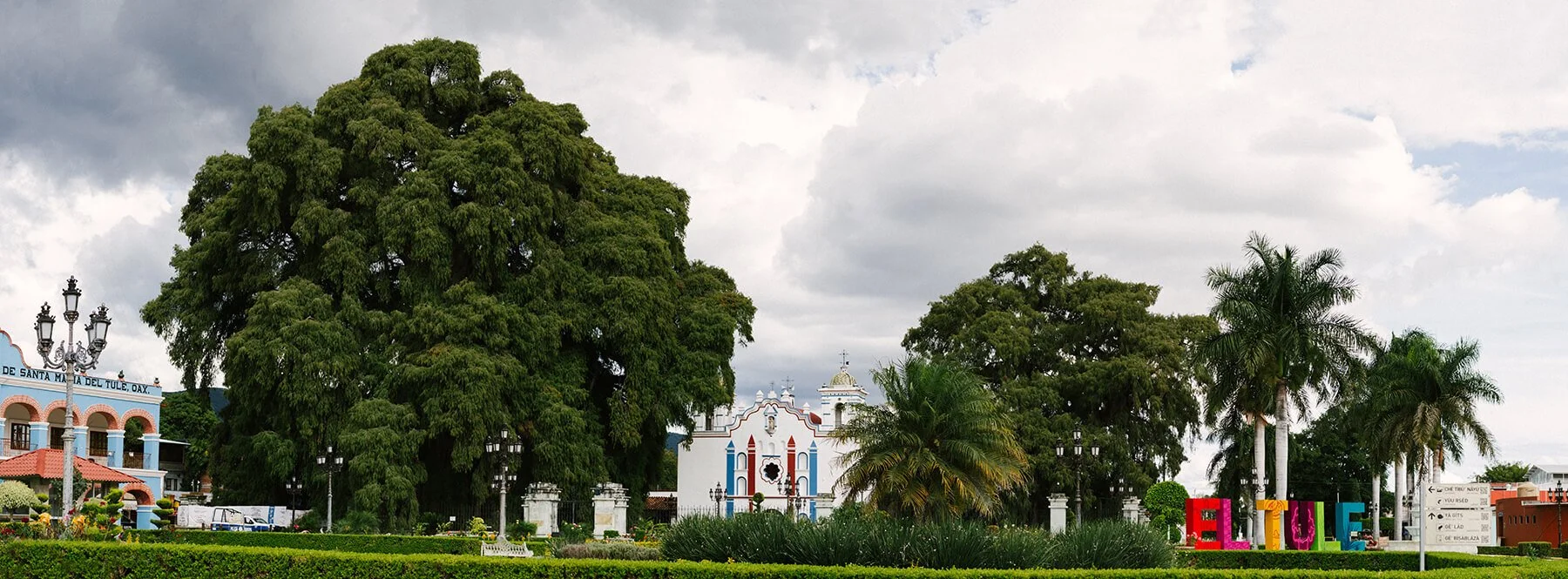
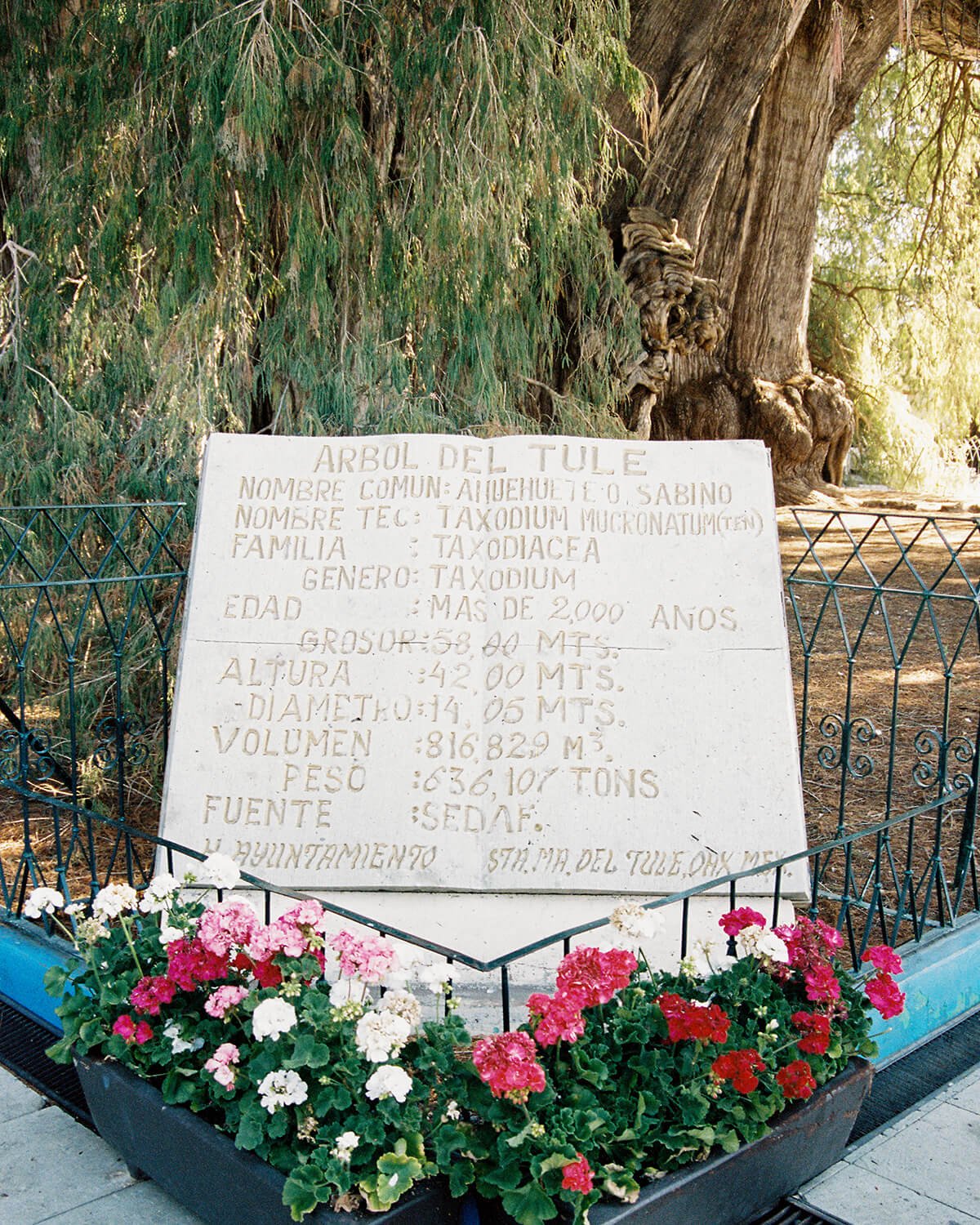
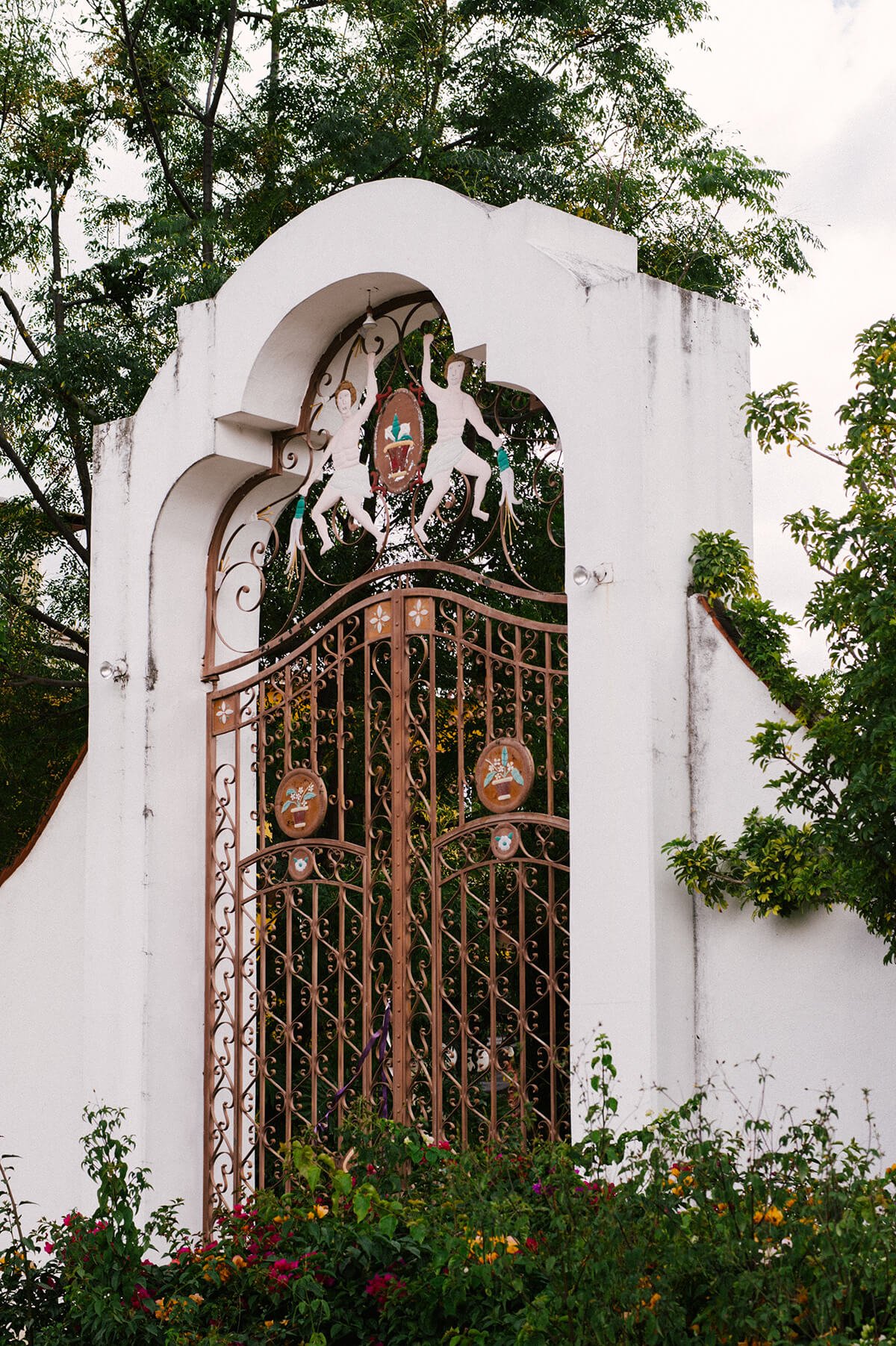
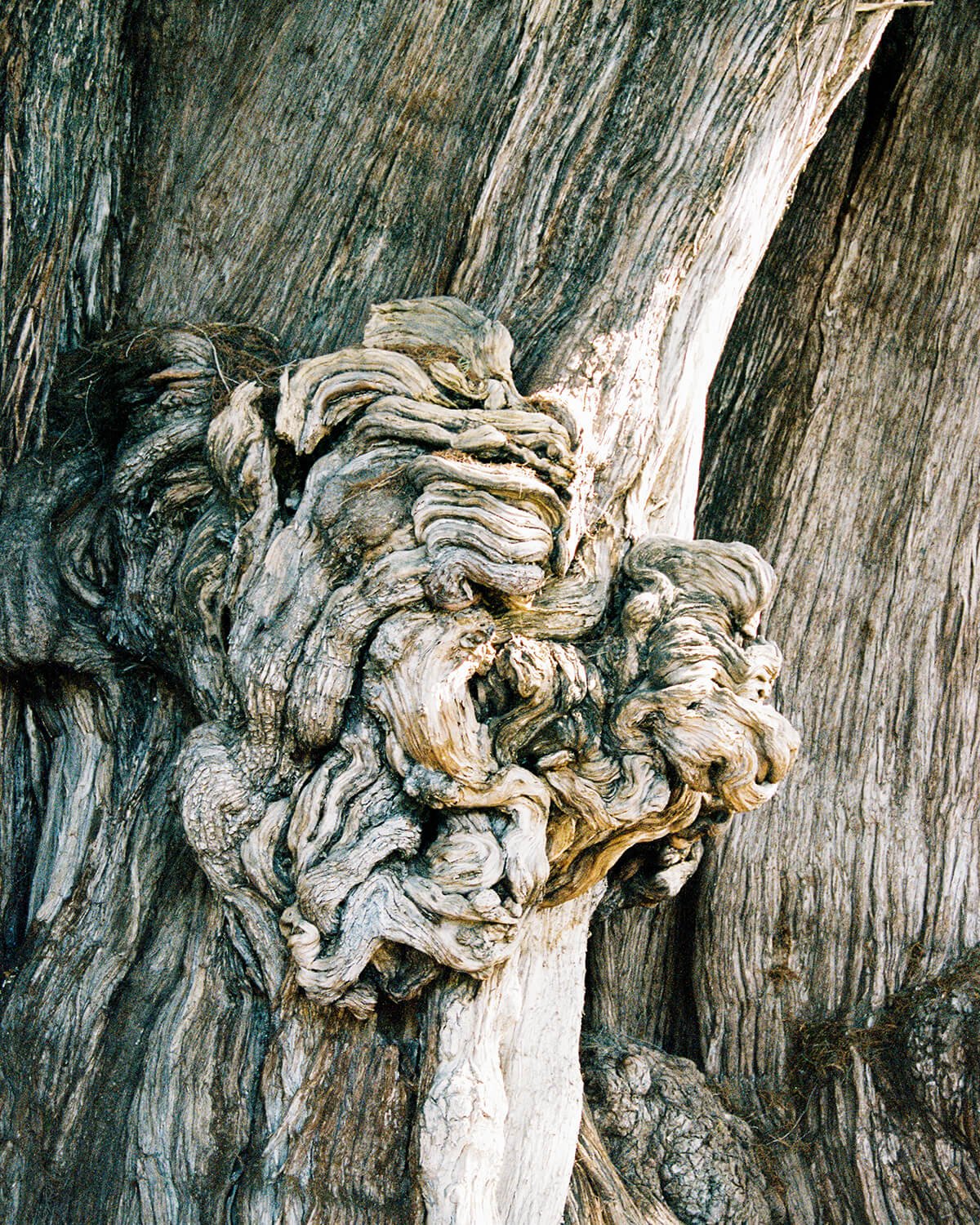

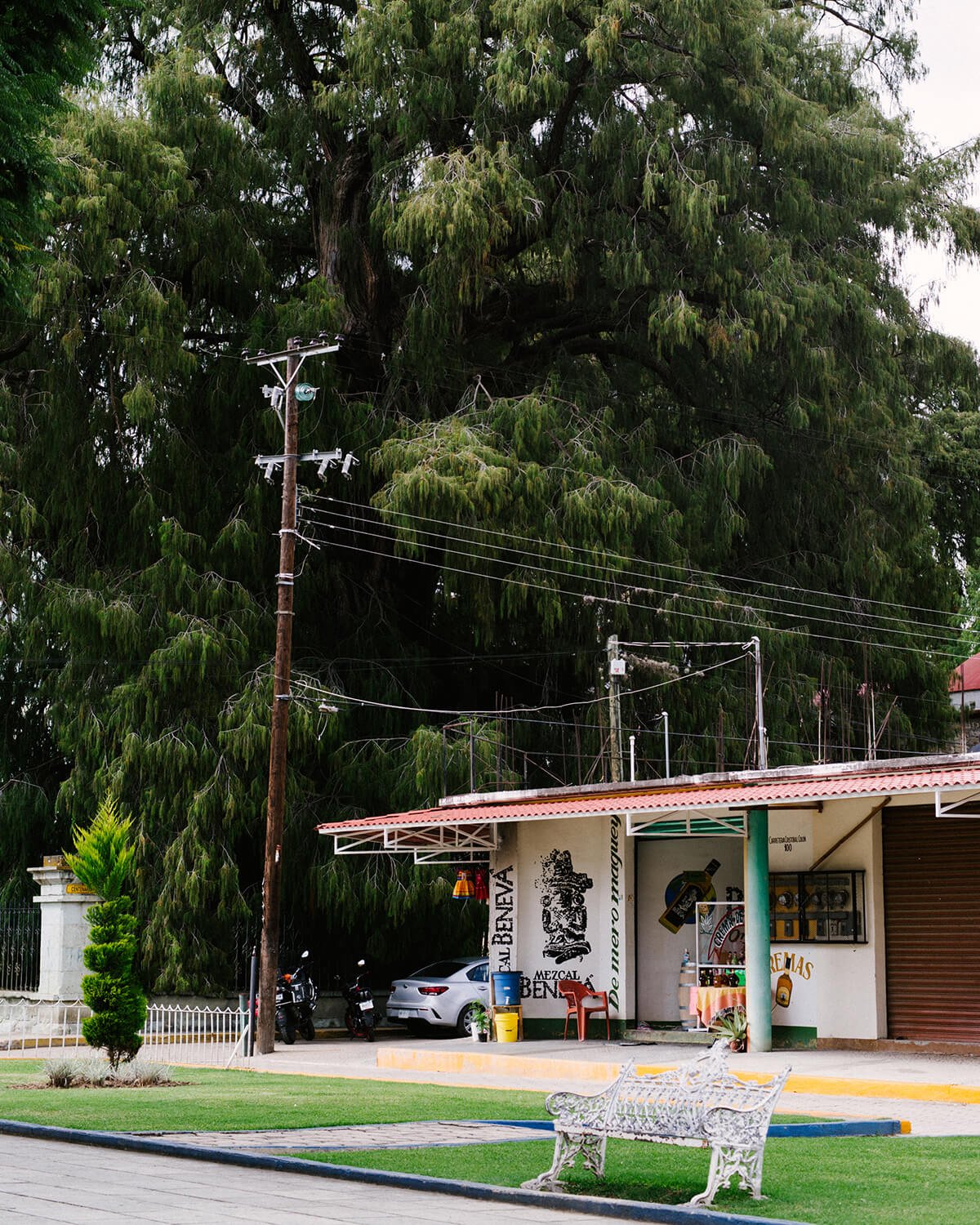

















Year round out of the box locations to propose to your fiancé in Los Angeles.